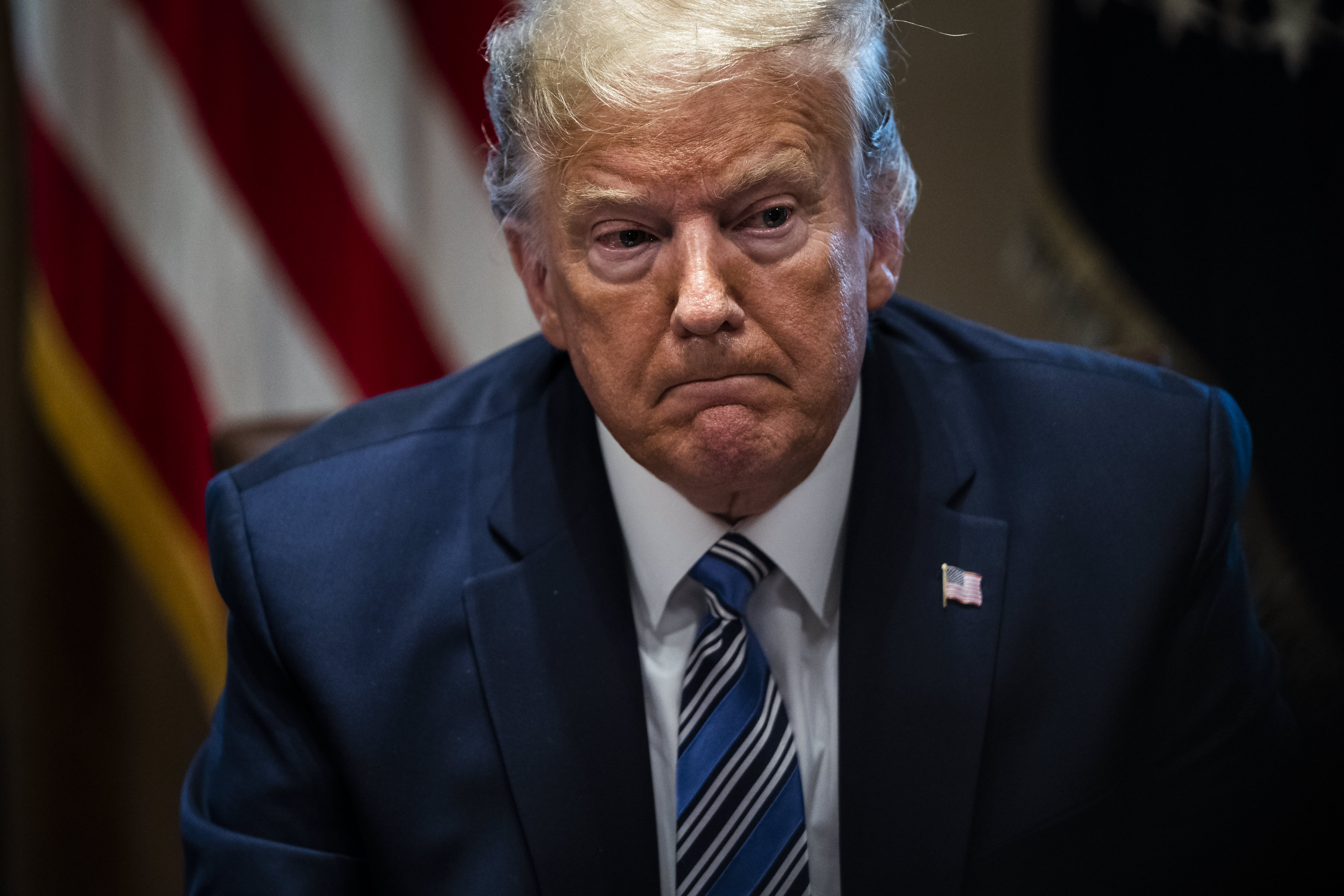
WASHINGTON, DC – MARCH 11 : President Donald J. Trump meets with bank CEOs about Coronavirus COVID-19 response in the Cabinet Room at the White House on Wednesday, March 11, 2020 in Washington, DC.
The Washington Post
U.S. President Donald Trump has imposed a travel ban on some European countries after the World Health Organization named the coronavirus a global pandemic.
The virus that started in China late last year has now infected more than 126,000 people worldwide, according to data from Johns Hopkins University. In Europe, countries including Italy, France and Spain have been badly hit —these countries all have over 2,000 cases and Italy, which has the highest number of coronavirus infections outside of China, has 12,462 confirmed cases of the virus, according to the latest figures from Johns Hopkins University and Italy’s Civil Protection agency.
CNBC takes a look at the impact of the latest travel restrictions.
Who’s impacted by the travel ban?
The U.S. is banning entry to those travelling from the 26 European countries which form the so-called Schengen Area, where there are no passport checks between internal borders. These nations are: Austria, Belgium, Czech Republic, Denmark, Estonia, Finland, France, Germany, Greece, Hungary, Iceland, Italy, Latvia, Liechtenstein, Lithuania, Luxembourg, Malta, Netherlands, Norway, Poland, Portugal, Slovakia, Slovenia, Spain, Sweden, and Switzerland.
Most people who have been in these countries in the 14 days prior to their scheduled arrival in the United States will not be allowed into the country. This two-week limit means those affected can’t get around the rules by changing flights in a non-European airport.
The ban does not apply to legal permanent residents of the U.S., according to the U.S. Department of Homeland Security, and in most cases, it does not apply to immediate family members of U.S. citizens.
Other countries in Europe which are not part of the Schengen area are excluded from the ban. These include the U.K., Ireland, Croatia, Cyprus, Bulgaria and Romania.
How long will it last?
Trump said the ban would start at midnight Friday and last for 30 days.
However, he added that “these restrictions will be adjusted subject to conditions on the ground.”
Why a travel ban?
The U.S. imposed a travel ban on China in late January to try to reduce the coronavirus outbreak. The U.S. administration has credited that early ban for slowing the spread of the virus into the United States.
“To keep new cases from entering our shores, we will be suspending all travel from Europe to the United States,” Trump said Wednesday.
What’s the EU’s response?
European leaders are discussing Trump’s decision on Thursday.
European Council President Charles Michel, who chairs the discussions among European heads of state, said that “economic disruption must be avoided.”
European Council President Charles Michel speaks during a conference call with European leaders on the novel coronavirus, COVID-19, at the European Council in Brussels on March 10, 2020.
STEPHANIE LECOCQ



